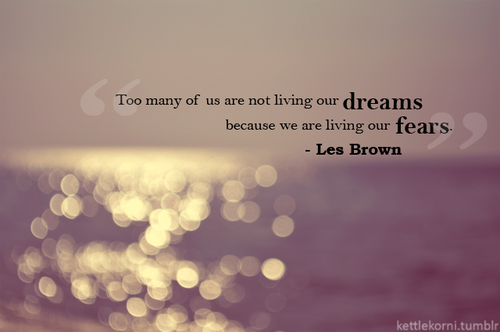Post by lavender1 on Oct 21, 2014 15:03:11 GMT -5
www.sciencedaily.com/releases/2014/10/141020105323.htm
In a world of matinee idols and cover girls it's easy to assume that humans want their men to be manly and their women womanly.
But a groundbreaking new study suggests that, rather than being a preference passed down through a long process of social and sexual selection, it's a relatively new habit that has only emerged in modern, urbanized societies.
A team of psychologists, anthropologists and biologists, led by Brunel University London, surveyed 12 populations around the world, from the primitive to the highly developed.
Surprisingly, only in the most industrialized and urbanized environments did people hold the well-worn opinion that highly feminine women and highly masculine men are attractive.
Lecturer in psychology at Brunel University London, Andrew Clark, said: "We digitally morphed masculine and feminine faces from photographs of people to find out what choices people from small-scale societies made.
"We found that they didn't place the same emphasis on 'sex typicality', that is, on highly feminine women and highly masculine men. In fact, they often favoured the neutral face, and sometimes the least "sex-typical" one."
The team also found that the perception that masculine males appear aggressive increased with urbanization.
A total of 962 participants were shown sets of three opposite-sex composite and digitally manipulated photos. For each set of photographs, representing five different ethnic groups, participants were asked which face was most attractive and which appeared most aggressive.
"This data challenges the theory that exaggerated sex-specific traits were important for social and sexual selection in ancestral environments," added Dr Clark.
"Preferences for sex typical faces are a novel phenomenon of modern environments. It's probably not a consistent thread in human history."
The team suggest that highly developed environments with large, dense populations may have exposed individuals to a greater range of unfamiliar faces, providing the opportunity -- and perhaps motive -- to discover subtle relationships between facial traits and behaviour.
Story Source:
The above story is based on materials provided by Brunel University. Note: Materials may be edited for content and length.
But a groundbreaking new study suggests that, rather than being a preference passed down through a long process of social and sexual selection, it's a relatively new habit that has only emerged in modern, urbanized societies.
A team of psychologists, anthropologists and biologists, led by Brunel University London, surveyed 12 populations around the world, from the primitive to the highly developed.
Surprisingly, only in the most industrialized and urbanized environments did people hold the well-worn opinion that highly feminine women and highly masculine men are attractive.
Lecturer in psychology at Brunel University London, Andrew Clark, said: "We digitally morphed masculine and feminine faces from photographs of people to find out what choices people from small-scale societies made.
"We found that they didn't place the same emphasis on 'sex typicality', that is, on highly feminine women and highly masculine men. In fact, they often favoured the neutral face, and sometimes the least "sex-typical" one."
The team also found that the perception that masculine males appear aggressive increased with urbanization.
A total of 962 participants were shown sets of three opposite-sex composite and digitally manipulated photos. For each set of photographs, representing five different ethnic groups, participants were asked which face was most attractive and which appeared most aggressive.
"This data challenges the theory that exaggerated sex-specific traits were important for social and sexual selection in ancestral environments," added Dr Clark.
"Preferences for sex typical faces are a novel phenomenon of modern environments. It's probably not a consistent thread in human history."
The team suggest that highly developed environments with large, dense populations may have exposed individuals to a greater range of unfamiliar faces, providing the opportunity -- and perhaps motive -- to discover subtle relationships between facial traits and behaviour.
Story Source:
The above story is based on materials provided by Brunel University. Note: Materials may be edited for content and length.





 \!!
\!!









